Monnit PoE X User manual
Other Monnit Accessories manuals
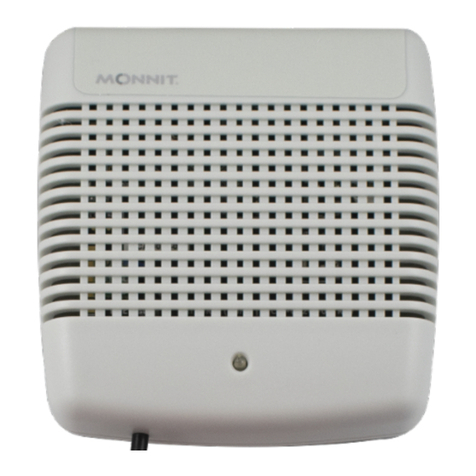
Monnit
Monnit PoE-X Water Detect Rope Sensor User manual

Monnit
Monnit ALTA Wireless Temperature Sensor User manual
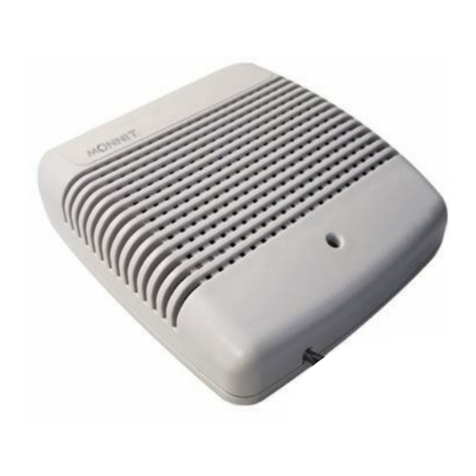
Monnit
Monnit PoE-X Open/Close Sensor User manual
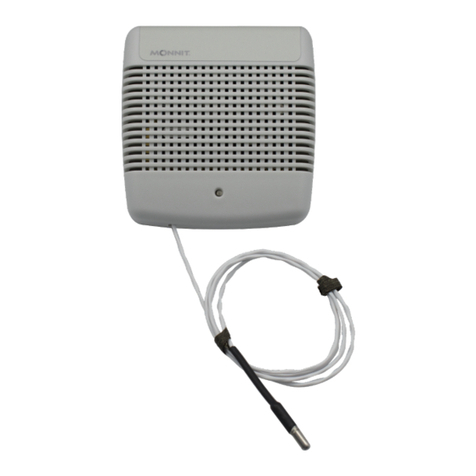
Monnit
Monnit PoE-X Low Temperature Sensor User manual
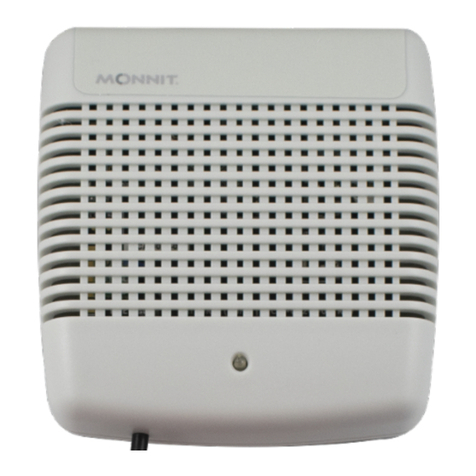
Monnit
Monnit PoE-X High Temperature Sensor User manual
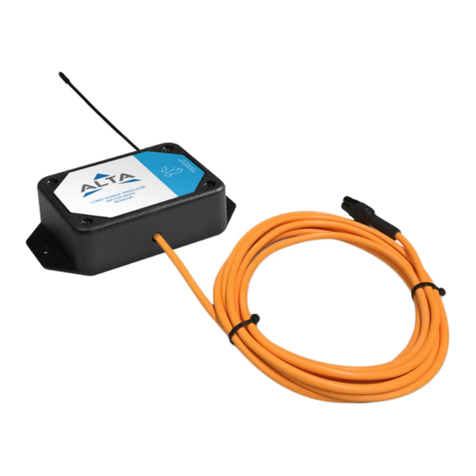
Monnit
Monnit ALTA Wireless Water Rope Sensor User manual
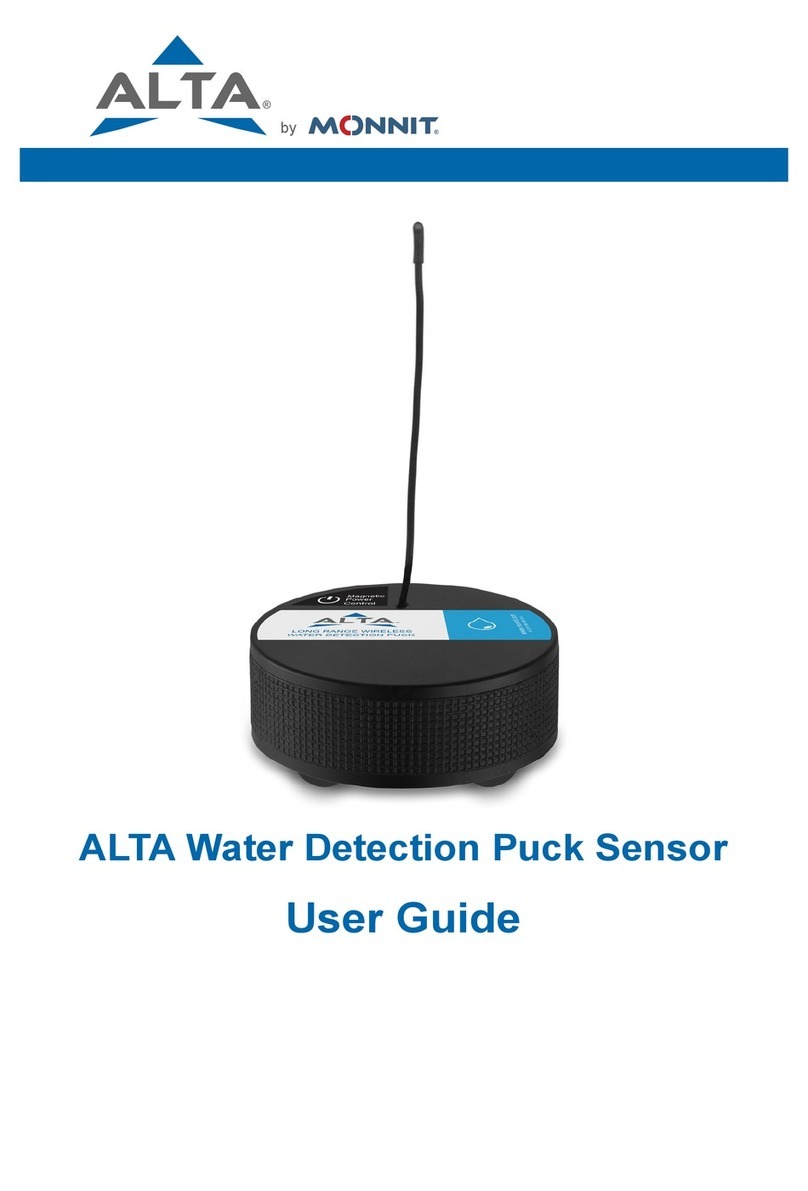
Monnit
Monnit ALTA Water Detection Puck Sensor User manual

Monnit
Monnit ALTA Motion+ User manual

Monnit
Monnit ALTA MNS2-4-PK-WS-PS User manual

Monnit
Monnit ALTA H2S User manual
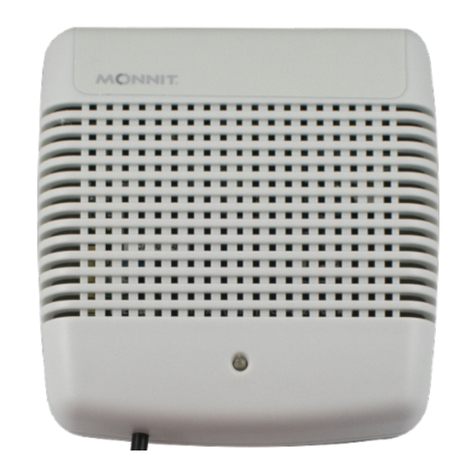
Monnit
Monnit PoE-X Thermocouple Sensor User manual
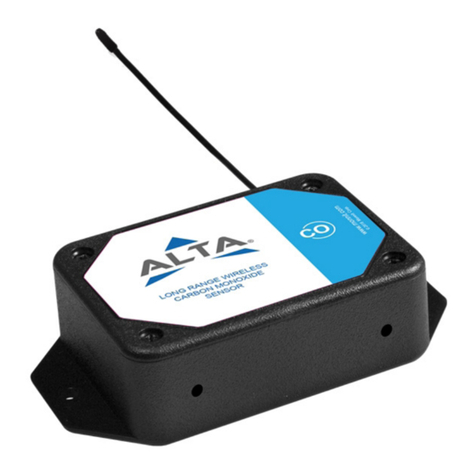
Monnit
Monnit ALTA WirelessCarbon Monoxide Sensor User manual
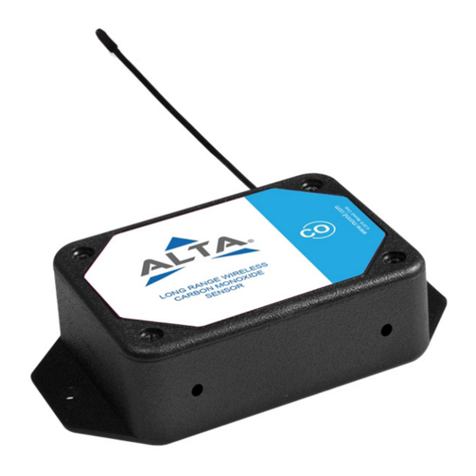
Monnit
Monnit ALTA Wireless Carbon Dioxide Sensor User manual
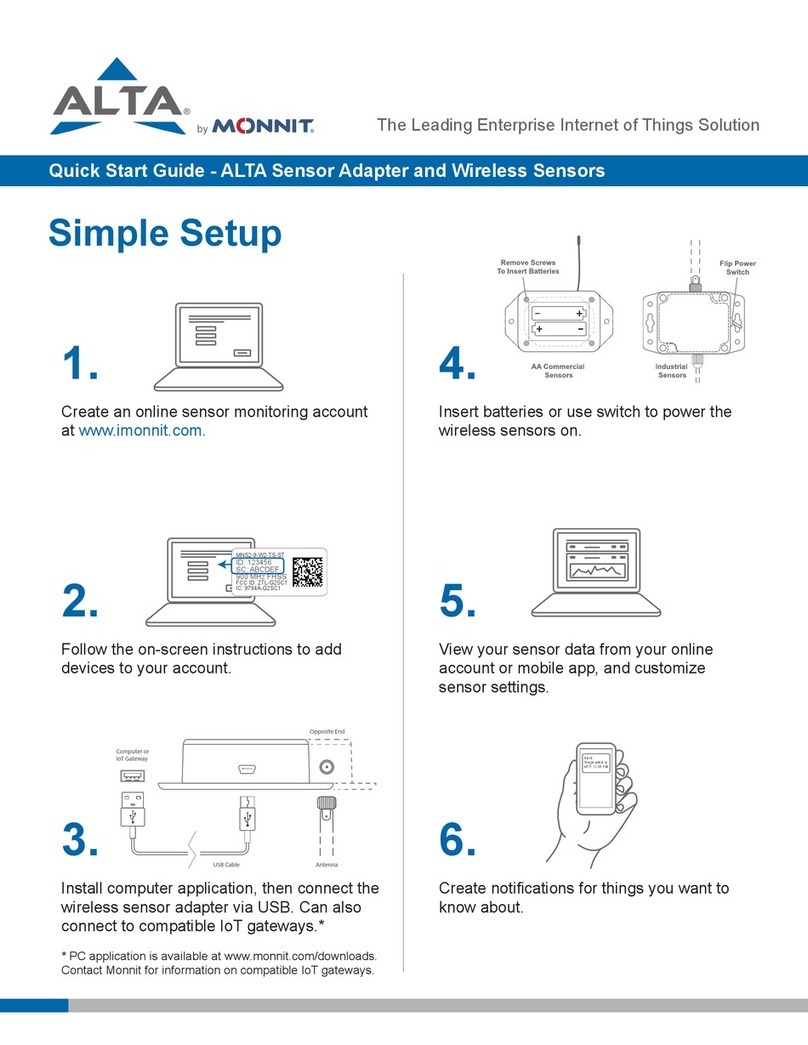
Monnit
Monnit ALTA Sensor Adapter Series User manual
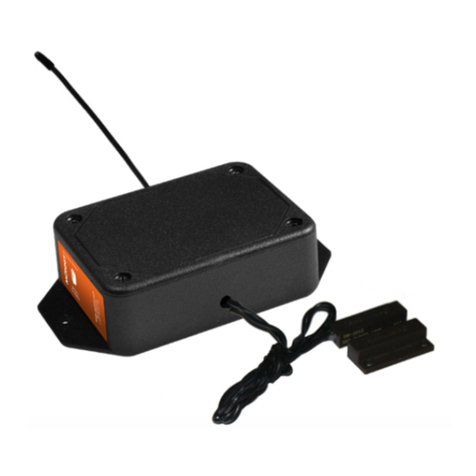
Monnit
Monnit MNS2-9-W2-OC-ST User manual
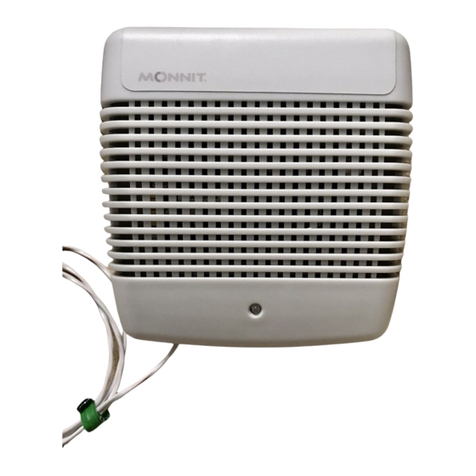
Monnit
Monnit PoE-X Dry Contact Sensor User manual
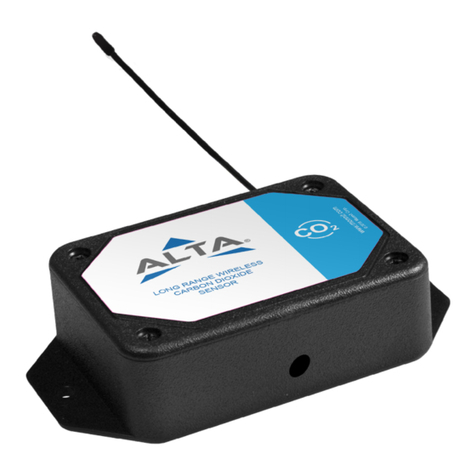
Monnit
Monnit ALTA MNS2-4-W2-GS-C2 User manual



























